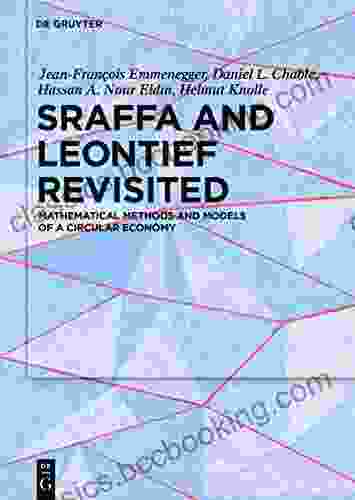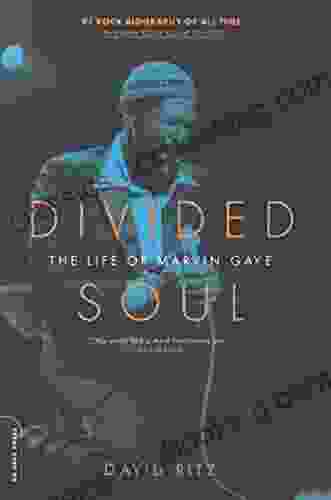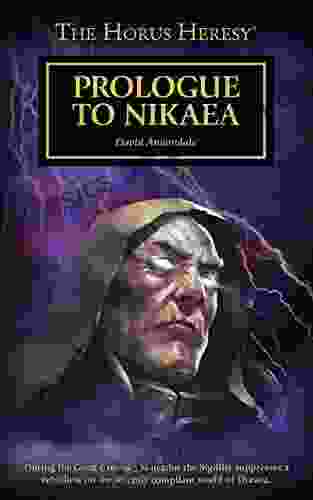Sraffa and Leontief Revisited: Unraveling the Complexities of Economic Analysis

In the realm of economic thought, the works of Piero Sraffa and Wassily Leontief stand as towering milestones. These two economists, separated by time and approach, significantly shaped our understanding of economic systems through their groundbreaking theories and models.
Sraffa's critique of neoclassical economics, particularly his emphasis on physical quantities and the role of surplus, challenged the dominant marginalist paradigm. Leontief's development of input-output analysis provided a powerful tool for analyzing the interdependencies within an economy.
5 out of 5
| Language | : | English |
| File size | : | 48430 KB |
| Text-to-Speech | : | Enabled |
| Screen Reader | : | Supported |
| Enhanced typesetting | : | Enabled |
| Print length | : | 557 pages |
The debate between Sraffa and Leontief has spurred ongoing discussions about the nature of value, the role of technology, and the dynamics of economic growth. Revisiting their seminal works allows us to appreciate their lasting contributions and grapple with the complexities of economic analysis.
Sraffa: Challenging Marginalism and Rediscovering Classical Roots
Born in Italy in 1898, Piero Sraffa studied in Cambridge, where he encountered the giants of neoclassical economics, including Alfred Marshall and John Maynard Keynes. However, Sraffa's intellectual journey led him to question the fundamental assumptions of marginalism.
In his seminal work, "Production of Commodities by Means of Commodities" (1960),Sraffa argued that value should not be determined by subjective preferences or marginal utility, as neoclassical theory suggested. Instead, he emphasized the physical quantities of labor and other inputs required to produce goods.
Sraffa's critique highlighted the role of surplus in economic systems. By comparing the physical output of an industry to the physical inputs required to produce it, he showed that a surplus could arise even in a competitive market. This surplus, he argued, could be used for accumulation or exploited by different social groups.
Leontief: Input-Output Analysis and the Interconnected Economy
Born in Russia in 1906, Wassily Leontief emigrated to the United States in 1925 and became a professor at Harvard University. His groundbreaking work, "The Structure of the American Economy, 1919-1929" (1941),introduced input-output analysis, a powerful tool for studying the interdependencies within an economy.
Leontief's input-output model represented an economy as a network of interconnected industries, each consuming outputs from others and producing inputs for them. By solving this system of equations, it was possible to calculate the output of each industry required to meet a given level of final demand.
Input-output analysis had a profound impact on economic planning and policymaking. It allowed governments and businesses to understand the ripple effects of changes in one industry on the rest of the economy. It also provided insights into the structural changes occurring in economies over time.
The Sraffa-Leontief Debate: A Clash of Perspectives
Despite their shared interest in economic systems, Sraffa and Leontief held contrasting views on the nature of value and the role of technology. Their debate, which took place primarily through their writings, shaped the course of economic thought in the 20th century.
Sraffa argued that value was inherent in the physical quantities of labor and other inputs required to produce goods. He believed that technology played a secondary role, merely affecting the proportions of inputs required.
Leontief, on the other hand, emphasized the role of technology in determining value. He argued that new technologies could reduce the labor and other inputs required to produce goods, leading to increased efficiency and economic growth.
The Sraffa-Leontief debate has continued to fuel discussions about the relationship between value, technology, and economic dynamics. It highlights the complexities of economic analysis and the ongoing need to refine our understanding of how economies function.
The Legacy of Sraffa and Leontief: Enduring Contributions
The contributions of Sraffa and Leontief have left an indelible mark on economic thought. Their ideas continue to inspire research and debate, and their models remain indispensable tools for economic analysis.
Sraffa's insights into the role of surplus and the critique of marginalism have challenged economists to rethink the foundations of economic value. Leontief's input-output analysis has become a standard tool for understanding the structure and dynamics of economies.
The work of Sraffa and Leontief reminds us of the importance of questioning assumptions, embracing interdisciplinary approaches, and continuously seeking a deeper understanding of the complex systems that shape our economic world.
Revisiting the works of Piero Sraffa and Wassily Leontief offers a profound journey into the complexities of economic analysis. Their theories and models have revolutionized our understanding of value, technology, and economic growth.
The Sraffa-Leontief debate continues to challenge economists to grapple with the fundamental questions of economic theory. Their legacy serves as a reminder that economic analysis is an ongoing endeavor, requiring a combination of rigorous reasoning, empirical evidence, and a willingness to embrace new perspectives.
As we navigate the ever-changing economic landscape, the insights of Sraffa and Leontief remain invaluable guides, helping us to make sense of the intricate web of relationships that shape our economies.

5 out of 5
| Language | : | English |
| File size | : | 48430 KB |
| Text-to-Speech | : | Enabled |
| Screen Reader | : | Supported |
| Enhanced typesetting | : | Enabled |
| Print length | : | 557 pages |
Do you want to contribute by writing guest posts on this blog?
Please contact us and send us a resume of previous articles that you have written.
 Book
Book Novel
Novel Page
Page Chapter
Chapter Text
Text Story
Story Genre
Genre Reader
Reader Library
Library Paperback
Paperback E-book
E-book Magazine
Magazine Newspaper
Newspaper Paragraph
Paragraph Sentence
Sentence Bookmark
Bookmark Shelf
Shelf Glossary
Glossary Bibliography
Bibliography Foreword
Foreword Preface
Preface Synopsis
Synopsis Annotation
Annotation Footnote
Footnote Manuscript
Manuscript Scroll
Scroll Codex
Codex Tome
Tome Bestseller
Bestseller Classics
Classics Library card
Library card Narrative
Narrative Biography
Biography Autobiography
Autobiography Memoir
Memoir Reference
Reference Encyclopedia
Encyclopedia Danny Quintana
Danny Quintana Deb Pines
Deb Pines Dave Pelz
Dave Pelz David H Stern
David H Stern Dave Liske
Dave Liske David J Gatward
David J Gatward David Gage
David Gage David Booth
David Booth David Green
David Green David Picciuto
David Picciuto Daryle Williams
Daryle Williams David Barton
David Barton David A Greenwood
David A Greenwood David Dibenedetto
David Dibenedetto David Gilmore
David Gilmore Darren Varndell
Darren Varndell Deborah Hopkinson
Deborah Hopkinson David G Kingdon
David G Kingdon David L Golemon
David L Golemon Danielle Tumminio Hansen
Danielle Tumminio Hansen
Light bulbAdvertise smarter! Our strategic ad space ensures maximum exposure. Reserve your spot today!
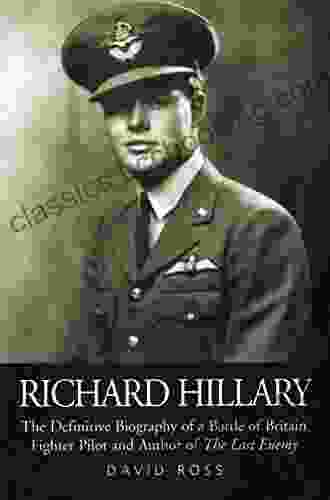
 Harvey BellThe Definitive Biography of Battle of Britain Fighter Pilot and Author of The...
Harvey BellThe Definitive Biography of Battle of Britain Fighter Pilot and Author of The...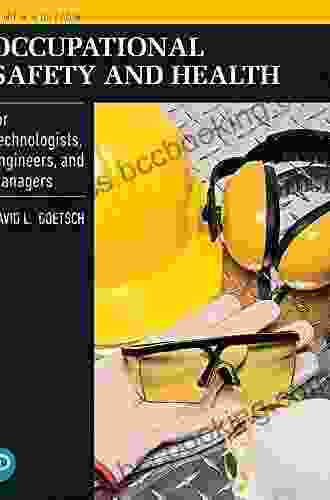
 Mikhail BulgakovOccupational Safety and Health for Technologists, Engineers, and Managers:...
Mikhail BulgakovOccupational Safety and Health for Technologists, Engineers, and Managers:... Max TurnerFollow ·15.5k
Max TurnerFollow ·15.5k Rex HayesFollow ·16.2k
Rex HayesFollow ·16.2k Eric NelsonFollow ·4k
Eric NelsonFollow ·4k Dan HendersonFollow ·8.6k
Dan HendersonFollow ·8.6k Timothy WardFollow ·9.8k
Timothy WardFollow ·9.8k Rick NelsonFollow ·15.9k
Rick NelsonFollow ·15.9k Raymond ChandlerFollow ·11.5k
Raymond ChandlerFollow ·11.5k Federico García LorcaFollow ·19.5k
Federico García LorcaFollow ·19.5k

 Cameron Reed
Cameron ReedHow to Know When Language Deceives You
Unmasking the Power of...

 Robbie Carter
Robbie Carter50 Things To Know About Planning Home Schooling...
: The Power of Hands-On Learning Embarking...
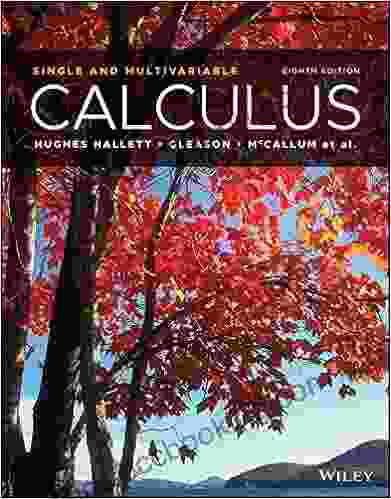
 Julio Cortázar
Julio CortázarCalculus: Single and Multivariable, 8th Edition — The...
Calculus is the...

 Jaime Mitchell
Jaime MitchellBunnicula and Friends: A Spooktacular Tale of Mystery and...
In the quaint little town of Celeryville,...

 Josh Carter
Josh CarterPeppa Easter Egg Hunt: Join Peppa Pig on an...
Get ready for...
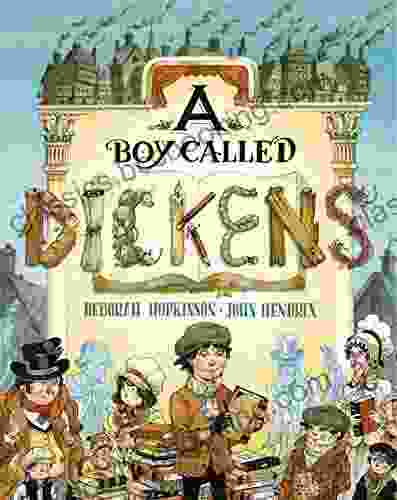
 Donovan Carter
Donovan CarterBoy Called Dickens: A Journey into the Childhood of a...
Delving into the...
5 out of 5
| Language | : | English |
| File size | : | 48430 KB |
| Text-to-Speech | : | Enabled |
| Screen Reader | : | Supported |
| Enhanced typesetting | : | Enabled |
| Print length | : | 557 pages |


